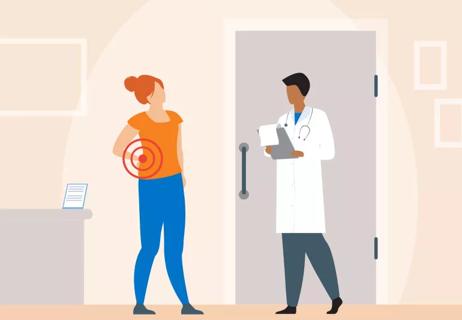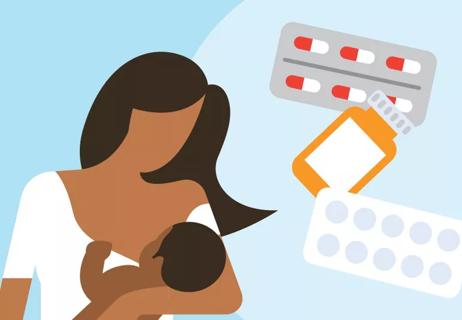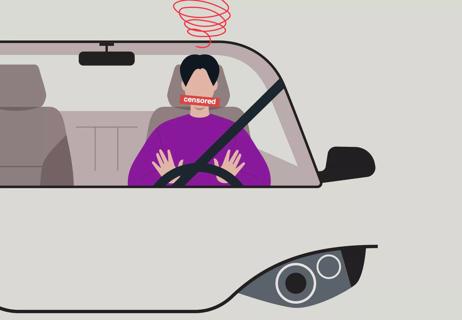Be smart and safe when using OTC pain killers

Is there such a thing as a pain reliever that is stronger than the pain? And if it exists, how much is safe to take?
Advertisement
Cleveland Clinic is a non-profit academic medical center. Advertising on our site helps support our mission. We do not endorse non-Cleveland Clinic products or services. Policy
Each person’s response to pain medication is different; the same dose of a drug that works for others may not for you, says family medicine doctor Matthew Goldman, MD.
So while there’s no one-size-fits-all answer, there are some basics you should understand about those little miracle makers known as pain relievers and how much is too much.
You probably know that there are two categories of over-the-counter pain medicines — nonsteroidal anti-inflammatory drugs (NSAIDs) and analgesics.
NSAIDs such as aspirin, ibuprofen (Advil®) and naproxen (Aleve®) inhibit the body’s cyclooxygenase (COX) enzymes to prevent and reduce pain and swelling. They can be effective against menstrual cramps and muscle soreness.
“Negative side effects like gastric ulcers, heart toxicity and kidney disease can occur as the medicine inhibits the COX enzymes,” Dr. Goldman points out.
On the other hand, analgesics like acetaminophen (Tylenol®), work in the heat center (hypothalamus) of our brain to reduce fever. They may also work on serotonin pathways in our central nervous system to reduce pain.
Analgesics are often a good choice for pain due to headaches or arthritis.
“While the jury is still out on exactly how acetaminophen works, we’re just glad it does,” Dr. Goldman says.
Advertisement
“I hate to be the bearer of bad news, but some people aren’t candidates for either type of OTC pain reliever,” says Dr. Goldman.
You may be at a higher risk for side effects — or need to avoid OTC pain meds altogether — if you have a history of:
“Your provider’s role is to guide and support you, so don’t hesitate to reach out to ensure you’re making safe choices with OTC pain relievers,” he says.
For most people, though, OTC pain meds are relatively safe for occasional take-the-edge-off-the-pain use, Dr. Goldman says.
“But pain that lingers beyond a couple of days, or that rears its ugly head on a fairly regular basis, is a sign that something isn’t quite right with our bodies,” he adds.
How do you know when the pain has gone beyond “occasional”? Dr. Goldman recommends contacting your provider if:
“I’d prefer to determine what’s causing the pain rather than have you continue to mask it,” says Dr. Goldman. “By getting to the bottom of why you’re having pain, we can hopefully find a solution that delivers consistent, long-term relief.”
So if you don’t have risk factors, and your doctor has told you that OTC pain relievers are a safe choice for occasional pain relief, which one’s the best? You may need to use a little trial and error to see which one works for you, Dr. Goldman says.
He recommends this approach:
Some more pain-free news: If you need to level up and get some longer-lasting relief, it’s usually safe to alternate acetaminophen with an NSAID. For example, you can take acetaminophen, then four hours later take a dose of an NSAID and continue to alternate every four hours. You can do this for a day or two, since the medications don’t affect the body in the same way.
Advertisement
Learn more about our editorial process.
Advertisement

Talk to your child about the dangers these viral videos pose to their health

Essential over-the-counter items for the illnesses and ailments of life

Vaccination is best for prevention, but if you get sick with COVID-19, treatments are available

Arthritis, migraines and endometriosis are common causes of chronic pain

With some exceptions, most are OK

Finding a neutral position can ease stress on your back, neck and shoulders

The result is a huge win for anyone at risk of an opioid overdose

Foul language may be beneficial, but it won’t make you smarter

Type 2 diabetes isn’t inevitable with these dietary changes

Applying a hot or cold compress can help with pain